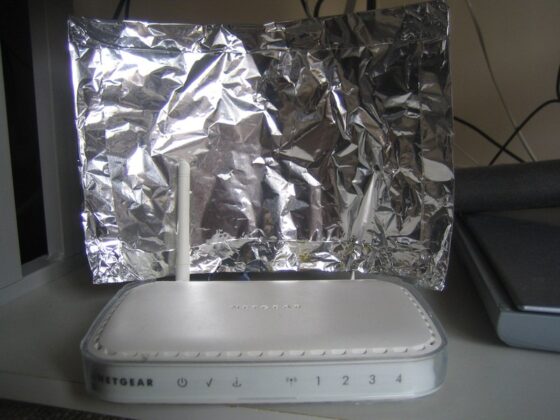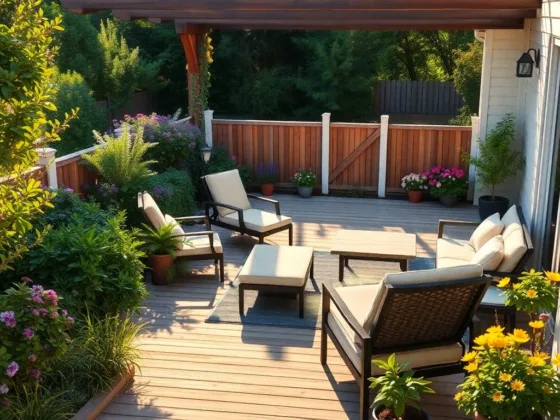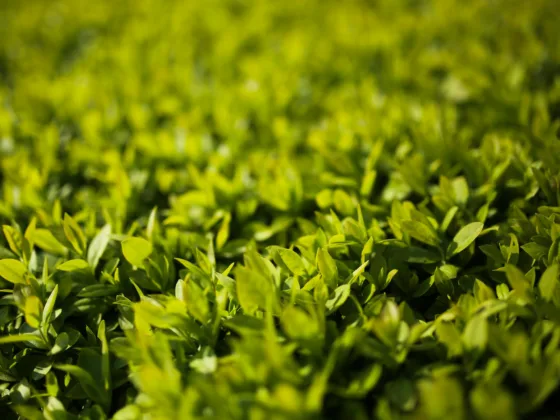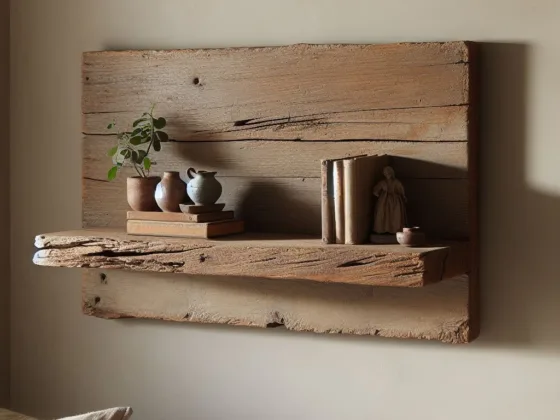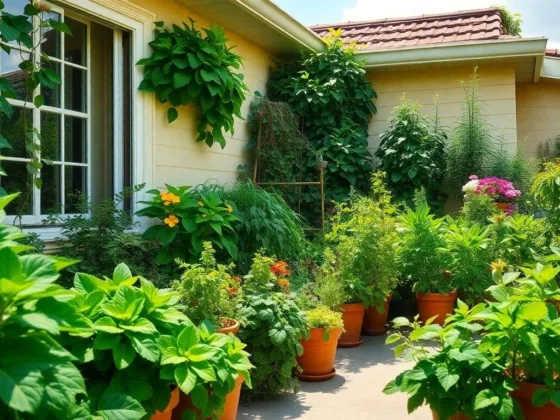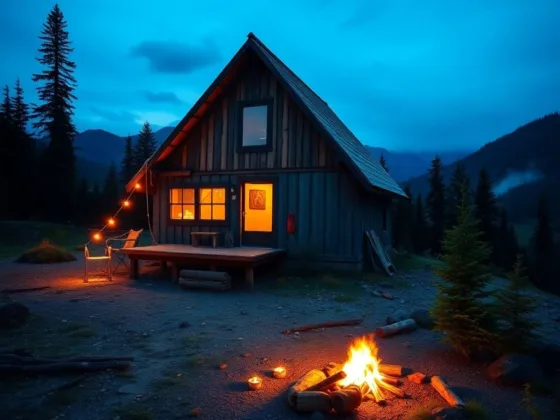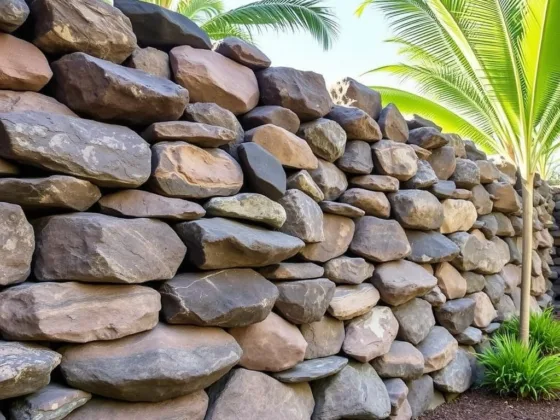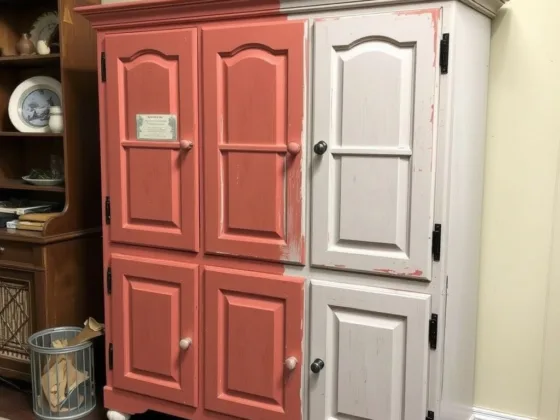Table of Contents Show
While the insect world has produced many garden pests, it also provides many wonders. Among the most spectacular of these are butterflies. Unfortunately, many species are becoming threatened and even endangered as their habitats and food sources steadily disappear. By incorporating plants that attract butterflies, gardeners can enjoy watching them and also help to conserve them.
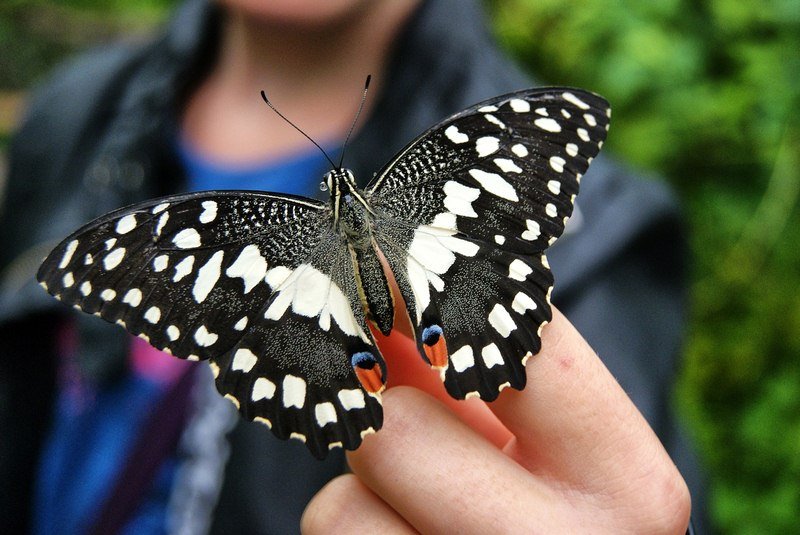
How to Make a Butterfly Garden
A Sunny Spot
First, choose a full-sun area for your butterfly garden. Most of the plants that butterflies like grow best in sunny locations. Also, butterflies themselves need the warmth of the sun for their flight muscles to work properly. Sometimes you might see them basking with their wings spread open, trying to warm up enough to fly.
Nectar and Host Plants
Many nectar-producing plants are easy to grow and produce an impressive floral display. In addition to looking for a drink of nectar, butterflies are also looking for a place to lay their eggs. Many species are quite particular about which host plants the caterpillars like to eat.
Planting a mix of both nectar-producing and host plants will attract even more butterflies. Caterpillars themselves can be quite beautiful and fascinating, as they range dramatically in sizes and colors. Many people feel that they are well worth a few chewed-up plants in the garden. If you like, tuck host plants near the back or other inconspicuous spots.
Must Read:
Planting Tips
In general, plants with bright colors and strong scents will attract butterflies. Choose plants that will bloom at different times in the season so that there will be food for different butterflies passing through. This will also provide you with a colorful garden all season. Plant in clumps and masses rather than rows. Also, the more varieties of plants you can include, the greater variety of butterflies will come by.
Though no one’s exactly sure what attracts butterflies the best, certain factors such as flower color, scent, and height seem to have an effect. For example, some butterflies prefer bright red or yellow flowers while others like white ones. Certain swallowtails and fritillaries seem to like taller flowers better than ones closer to the ground.
No Spray Zone
Avoid using insecticides on or around your butterfly garden. Even organic sprays can be harmful.
Garden Guests
The species of butterflies you might see depends on where you live. Monarchs, swallowtails, fritillaries, admirals, sulfurs and many others may make an appearance. Extension services, botanic gardens, nature centers, libraries and the Internet can provide helpful information about the butterflies in your area.
Learning to identify these winged jewels can add to the fun of watching them. Their names are often as colorful as they are. You might even find that not only butterflies but other wildlife, such as hummingbirds and bees, will be attracted to your garden. All of these garden guests will bring an added dimension to your garden as they put on a live nature show for you right in your own yard.
Nectar Plants
- Aster (Aster)
- Blazing Star (Liatris)
- Butterfly bush (Buddleia)
- Butterfly weed (Asclepias)
- Black-eyed Susan (Rudbeckia)Coneflowers (Echinacea)
- Daylilies (Hemerocallis)
- Goldenrod (Solidago)
- Penstemon
- Phlox (Phlox)
- Tickseed (Coreopsis)
Host Plants
- Aster
- Phlox
- Milkweed
- Parsley
- Thistle
- Violets

